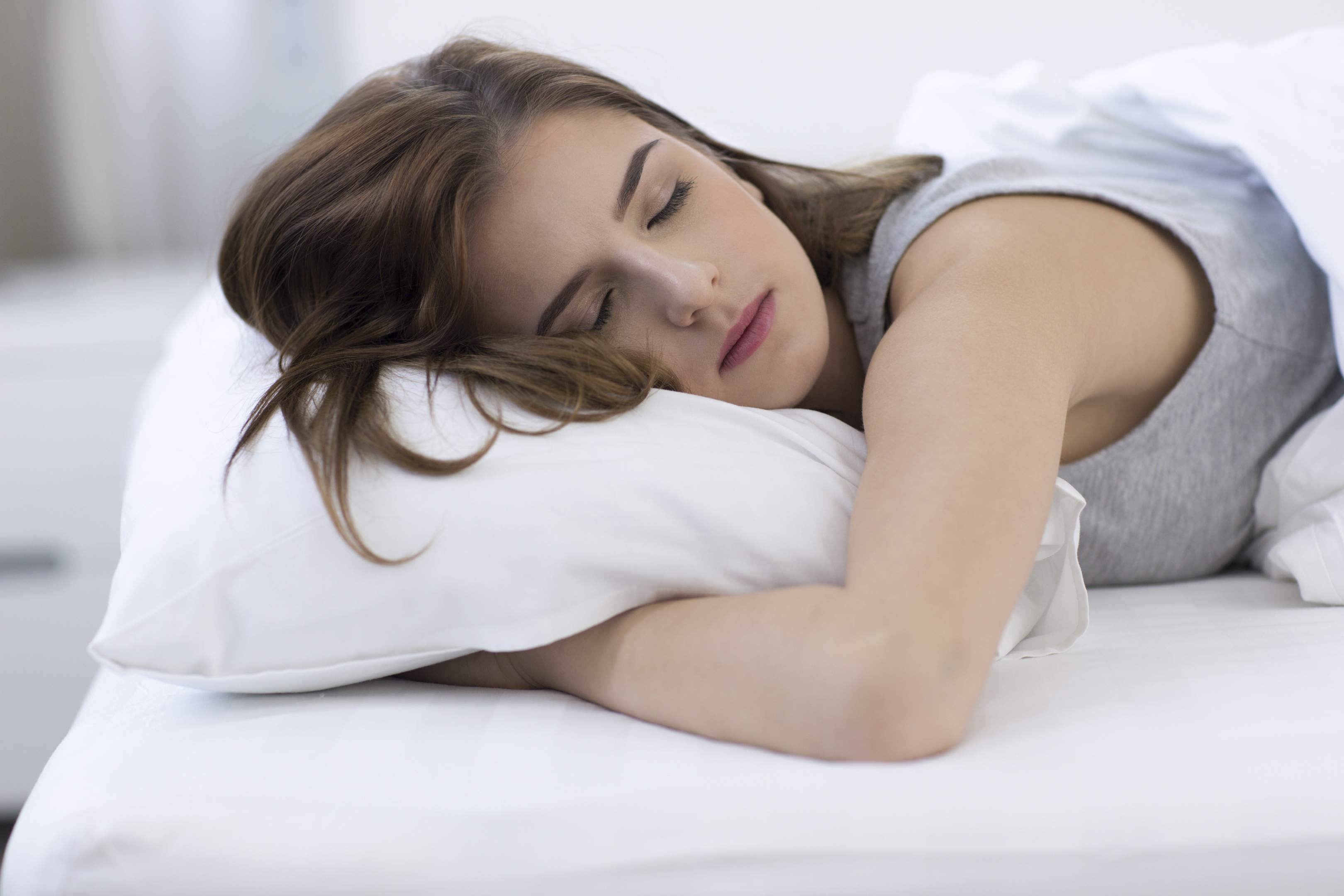
Experts found that sleeping for seven to eight hours a night and taking 30 to 60 minutes of exercise three to six times a week produced the maximum benefits for preventing a stroke.
But sleeping for a longer or shorter amount of time increased the risk people would suffer, they said.
Researchers from the New York University School of Medicine presented their findings at the American Stroke Association’s International Stroke Conference in Los Angeles.
They created a computerised analysis of factors, such as health, lifestyle, age and ethnicity, from 288,888 adults who took part in a survey from 2004 to 2013.
The team also looked at things such as how long people slept and how much exercise they took, such as walking, swimming, cycling or gardening.
The results showed that average sleepers – those who slept seven to eight hours a night – were 25% less likely to have experienced a stroke.
Meanwhile, long sleepers – those who got more than eight hours a night – were 146% more likely to have suffered a stroke.
And short sleepers – who slept less than seven hours a night – were 22% more likely to report having had a stroke.
The authors concluded that average sleep (seven to eight hours) and vigorous leisurely activity (30 to 60 minutes) three to six times per week significantly decreased stroke risk.
Strokes are serious and life-threatening and occur when the blood supply to part of the brain is cut off.
Every year in England, around 110,000 people have a stroke and they are the third largest cause of death, after heart disease and cancer.
Brain injuries caused by strokes are a major cause of adult disability in the UK.
Smoking, being overweight, not taking much exercise and a poor diet put people at higher risk of stroke.
Medical conditions such as high cholesterol, an irregular heartbeat and diabetes also increase the risk.

Enjoy the convenience of having The Sunday Post delivered as a digital ePaper straight to your smartphone, tablet or computer.
Subscribe for only £5.49 a month and enjoy all the benefits of the printed paper as a digital replica.
Subscribe